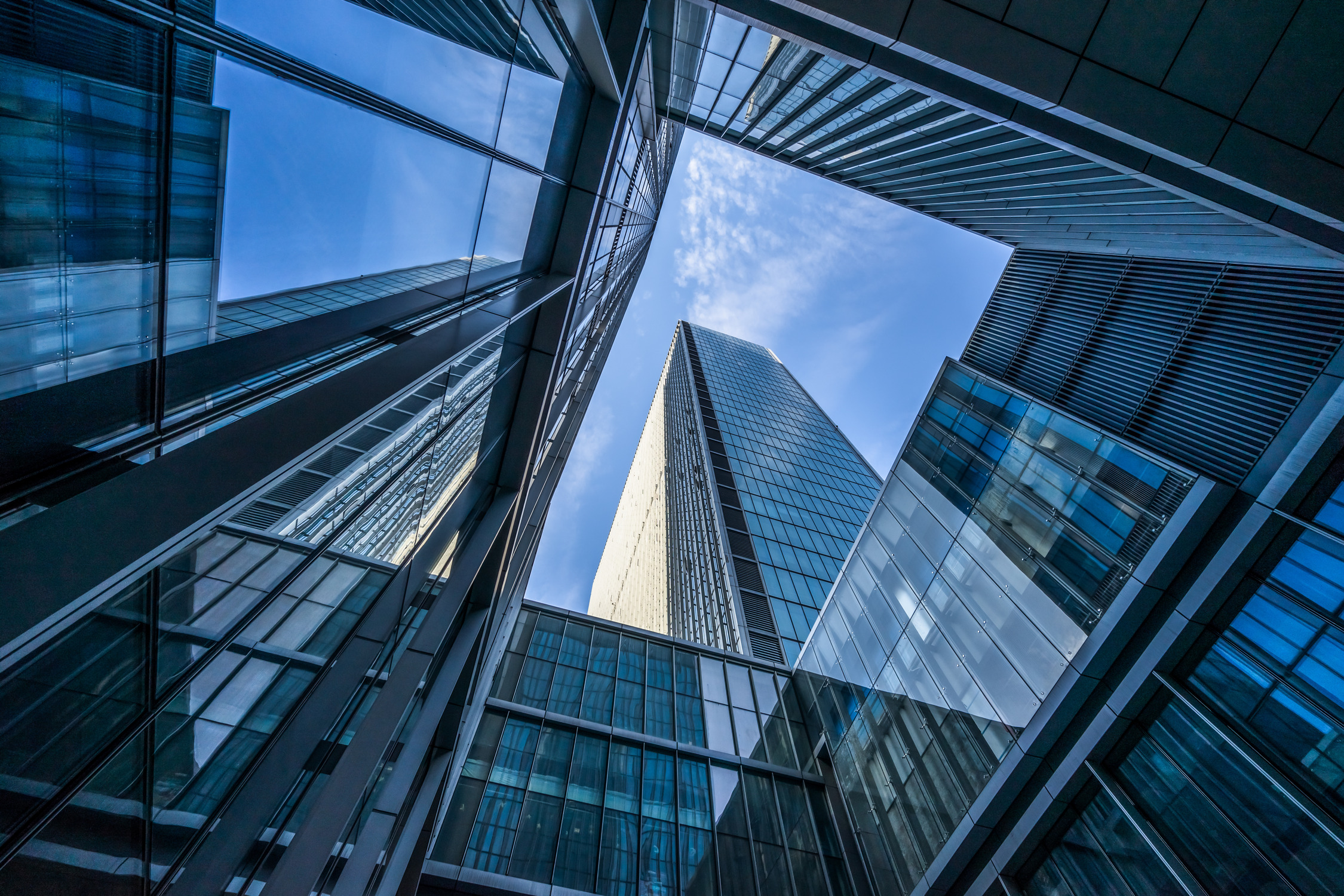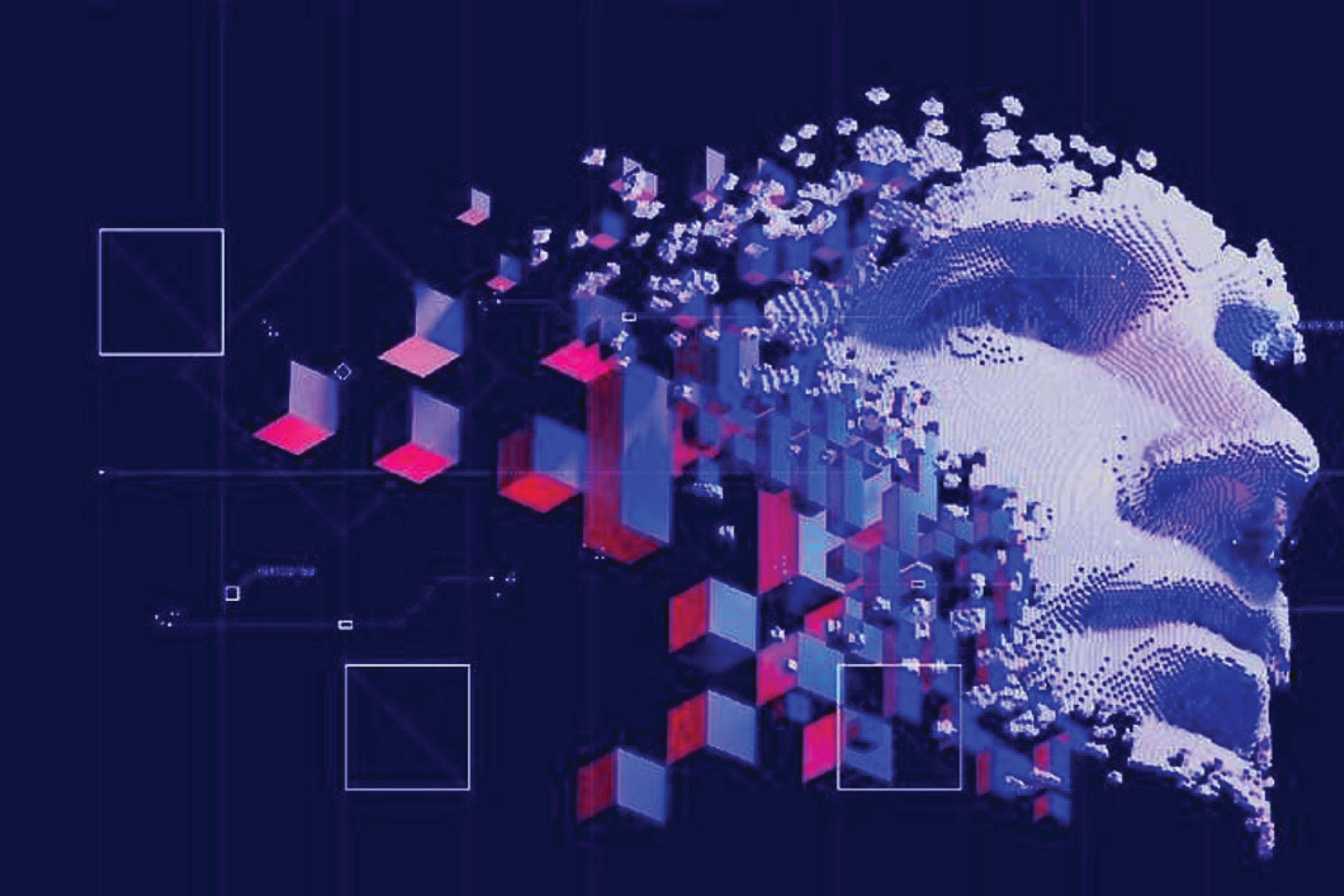Las Vegas, NV ? January 23, 2017 ? At CES 2017, the countless displays of consumer technology across several industries showed us how the tech world is evolving. What became clear among all industries represented, however, was that the connection between consumer and good is closer than ever, and growing closer still.
In-home products are stretching beyond their intended function by integrating with artificial intelligence and machine learning, to the point where refrigerators can play music when you enter your kitchen and order groceries when you are running low. Manufacturers have introduced and integrated AI and mobile technologies into their products, creating a connection between consumer and product ? and between the products themselves ? so seamless that in the not-so-distant-future, our products will communicate effortlessly to enhance daily life and function, making decisions for us before we know we need to make them.
As this integration develops across all types of products and sectors, it is clear that there is a significant opportunity to build out comprehensive, multi-faceted consumer datasets that marketers and advertisers alike will be able to utilize to serve hyper-targeted and personalized content, directed at influencing their behavior at every turn.
We see this in the automotive industry which has already started to revolutionize the in-car experience and push it to evolve into our second living room ? a place in which passengers will soon be able to sit back and relax for the duration of their commute. New car models are being designed with new and adaptive technology, where incumbents and new entrants alike are employing artificial intelligence to serve the driver (soon to be just the passenger) a fully automated experience. The car will be a vehicle for content consumption in every form; with video, media, and advertising integrated into the driving and commuting experience. Connectivity, analysis, and consumer insights will work to simplify individuals? lives and provide yet another pool of data to monetize. With the emergence of the shared economy having a large stake in the automotive industry, we expect high activity in innovation and specialization across 2017 and beyond.
We also saw this deep integration grow with the wearables industry at CES. Over the last few years, consumers have been hesitant to embrace wearables on a larger scale and industry growth has slowed, but we saw spurred innovation and investment into functionality and design at the show. Wearables have a significant opportunity to blossom within the fitness industry, which has shown impressive growth as seen in macro personal exercise and gym membership statistics. We look forward to seeing how wearable technology will adapt and hit its stride in this already large and still-growing environment.
Outside of the Las Vegas Convention center, we saw much of the activity off-campus in a collective of hotels right off the strip. Meeting rooms at the Vdara, Aria, Cosmo, and others served as the central headquarters for invite-only keynotes, meetings, Q&A?s, and business rendezvous outside the walls of CES. Key strategics like Oracle, Comcast, BMW, Apple, Google, Salesforce, and others were seen milling the halls of these hotels, resulting in a number of impromptu meetings that spurred stronger relationships and incited disruptive dialogues regarding the state of technology and where it is heading in 2017. Being that meeting availability with these big players are few and far between, this seemed to be the best-kept CES secret: navigating through the oceans of CES attendees and catching the big fish in the desert. Although the show itself serves a fundamental purpose of showing the latest tech releases across almost all categories, much of the business for many was discussed outside the walls of CES.
For more information about CES, check out their website here: https://www.ces.tech/

